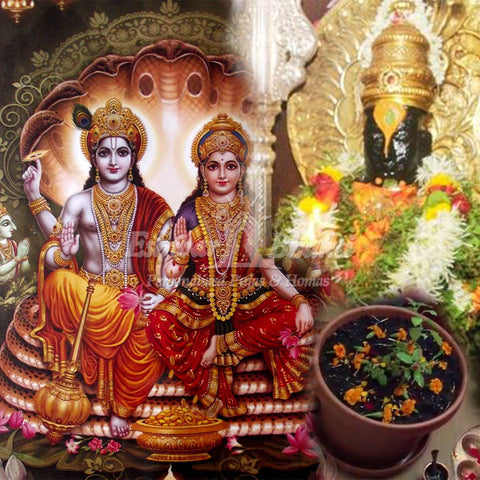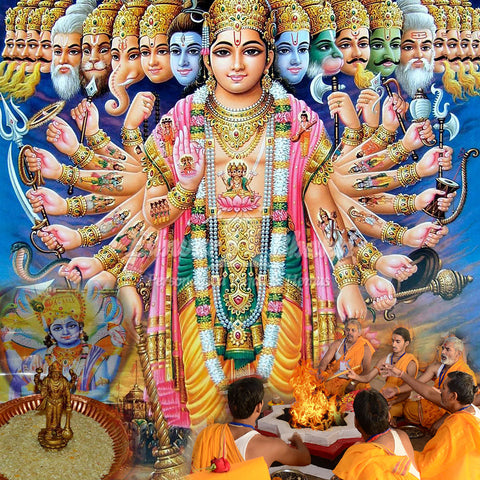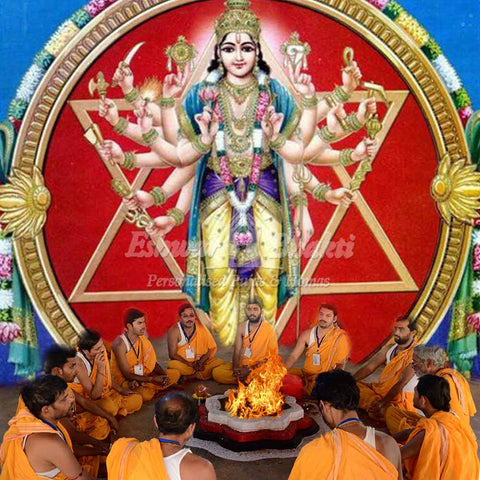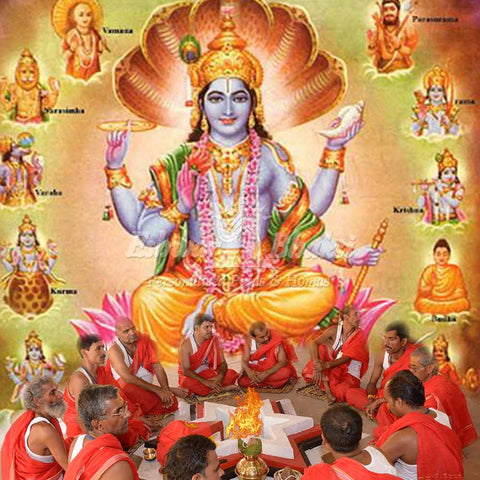Rath Yathra
Jagganath Puri Rath Yathra is a traditional festival that started almost 500 years ago in India. It is one of the oldest Rath Yathra in the world. We celebrate the visit of Lord Jagganath and his siblings to Gundicha Temple and Mausi Maa Temple.

Lord Jagganath is a form of Lord Vishnu and is also a portrayal of Lord Krishna. The siblings of Lord Jagganath are Lord Balabhadra and Goddess Subhadra. Every year, between June and July, we celebrate Jagganath Puri Rath Yatra in Puri, Odhisa. Here, in this article on Jagganath Puri Rath Yatra, we will look into the origin, significance, celebration, and stories associated with it.
The origin of Jagganath Puri Rath Yathra, also known as the Festival of Chariots, took place over five centuries ago. It is still in practice and begins on Ashadha Shukla Dwitiya and ends on Ashadha Shukla Dashmi. There are countless references to Jagganath Puri Rath Yathra in the Puranic texts. There are several legends and stories associated with the same as well.
How is Jagganath Puri Rath Yathra Celebrated?: Devotees elaborately celebrate Jagganath Puri Rath Yatra. There are three chariots of each of the three deities.
Every year, they make a new chariot for the Gods and Goddess. They use wood from Phassi and Dhausa trees for that purpose. As per the custom, they would bring the wood from Dassapalla, a place in Nayagarh district in Odhisa. Dassapalla is a location of archaeological significance. The duty of fetching wood to make the chariots is for a particular group of carpenters. Once they bring the wood, the carpenters will start their work on Akshaya Tritiya.
As per the belief system, the temple would remain closed for a week before the procession. People believe that the siblings have a fever after playing in 108 pitchers of water under the Sun. After they recover from their illness, they would decide to visit their aunt for a few days. Jagganath Puri Rath Yatra bases itself on this story of the three siblings visiting their aunt's place.
Devotees take the decorated chariots for a ceremonial procession with Lord Jagganathan, Lord Balabhadhran, and Goddess Subhadra's idols. They draw the chariots firstly to the Gundicha Temple, and then they would then wait near Bhakta Slebega's crematorium. Here, a Muslim devotee would pay his respects to the deities. It is then that the procession continues to Mauasi Maa Temple, believed to be the abode of their aunt. Here, devotees would offer the Lord his favorite food, Poda Pitha. The ceremonial procession returns after seven days. As per the beliefs, it shows the time they spent in their aunt's residence. Once they return, the festival concludes, they will demolish the Rathas as if marking the end of the Rath Yathra for the year. Jagganath Puri Rath Yatra is a Hindu festival of profound significance. The celebration lasts for nine days in total.
Legends associated with Jagganath Puri Rath Yatra: There are numerous legends and stories associated with Jagganath Puri Rath Yathra. We have already discussed the story that leads to the Rath Yatra. Apart from that, the deities in the Rath Yathra are modeled with wood, clothes, and raisins. It is different from the other idols as they are fashioned with iron. The reason behind the creation of the deities with wood dates back to the story of King Indrayunna.
Devotees believe that the half-cremated body of Lord Krishna got immersed in the ocean. But it reemerged as a log of wood on the shore. King Indrayunna had such a dream, and he decided to build a temple for Lord Krishna in his country. Vishvakarma came to his place as an old carpenter and promised to work for him at the temple. But, he made a condition that no one should interrupt him. When he was working on the idols, King Indrayunna entered the temple to know how the work was going. Angered by the actions of King Indrayunna, Vishvakarma disappeared without completing the work.
Due to this reason, the idols have large heads and do not have arms. However, King Indrayunna placed the wooden idols in the temple. Even today, the custom continues. Every 12 years, the temple authorities would remake new idols with wood. It is the legend behind the use of wooden idols in the Ratha Yathra and why they do not have arms and have large heads.
Concerning the visit to the Gundhicha temple, Lord Jagganath became pleased by the devotion of Gundhicha. Gundhicha is the queen of King Indrayunna. So, the Lord decided to visit her once every year. Gundhicha temple is the residence of the queen. Every year, the procession goes to Gundhicha temple for that reason. As per other legends, Gundhicha is the aunt of Lord Jagganath and his siblings.
Significance of Jagganath Puri Rath Yathra: Jagganath Puri Yathra is highly significant. There are three chariots in the procession.
Each chariot has a unique decoration and significance. When it comes to Lord Jagganath's chariot, it is red and yellow. Here, yellow symbolically represents Lord Krishna.
Similarly, Goddess Subhadra's chariot is red and black. Here, black signifies the image of the Goddess.
Devotees who participate in the Jagganath Puri Rath by holding the chariots' ropes can gain special benefits. It can help the person to attain Moksha or liberation of their soul. They can also obtain peace, harmony, and spiritual rewards by taking part in the Rath Yathra.
Thus, Jagganath Puri Rath Yathra is a religious festival that has been celebrated for centuries. You will receive the blessings of Lord Jagganath or Lord Vishnu by taking part in the Rath Yathra.








